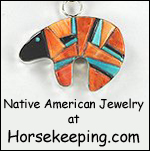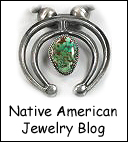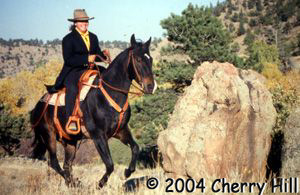Hi Cherry !
I have a 2 + year QH that I am having trouble getting him to use a bit.
As I try to put in his mouth he will back up and refuses for to put the bit in his mouth. What can I do to get him to let me put on a bit, or is it his age?
Ruben
Hi Ruben,
The best way to solve this problem is to forget about the bit and bridle for a few lessons.
First you need to teach your horse to allow you to handle his head, his ears, his lips, his mouth, examine his teeth and so on.
I use one of my old toothbrushes to get the horse used to having something in his mouth. This will also be safer for you than using your fingers if you aren’t really sure where the teeth are located (see drawing below). Hold the bristle end in your hand and rub the end of the smooth plastic handle along the horse’s lips. When your horse will allow you to do this without moving his head or backing away, then insert the smooth toothbrush handle into the interdental space – the area between the incisors and molars where the bit goes. If you don’t have a toothbrush handy, you can use an old, washed out dewormer tube for this lesson.
Next be sure your horse doesn’t have any fear of you opening his lips to look at his teeth. Your veterinarian needs to do this anyway, so take the time to make sure your horse is comfortable with you handling all parts of his mouth and head.
Then be sure you can handle and rub his ears and are able to bend his ears forward like you will need to do when you slip the crownpiece of the bridle over his ears.
When you feel your horse is comfortable with all of this, be sure you are bridling properly.
Refer to the photo above to show you how to put your right hand over your horse’s head and between his ears while you present the bit to the horse with your left hand. Be careful not to bump the horse’s front teeth with the bit. If he doesn’t readily open his mouth, you can insert the thumb of your left hand into the corner of his mouth – this usually gets the horse to open his mouth. See the illustration below to help you determine the safe zone for you to place your fingers – the interdental space which is the space where there are no teeth – between the canines and the wolf teeth.
After you have thoroughly prepared your horse for the sensations of bridling, he should accept the process willingly. Take your time because these habits last a lifetime, whether good or bad.
For more information, refer to
Best of luck, and let me know how you make out.
![]()
















